Forget Everything You Think You Know About Egypt
Eco-tourism in Egypt offers travelers a unique opportunity to explore stunning nature reserves, eco-lodges, and hidden natural gems while supporting sustainable travel. From the breathtaking coral reefs of the Red Sea to the desert safari experiences in the Western Desert and the tranquil beauty of Siwa Oasis, eco-tourism in Egypt highlights both adventure and conservation.
This eco-friendly tourism approach allows visitors to discover Egypt’s diverse wildlife, enjoy bird-watching in protected areas, and experience authentic cultural exchanges with local communities. By choosing eco-tourism destinations in Egypt, travelers contribute to green travel initiatives while uncovering natural wonders that make the country a top choice for sustainable tourism.
Listen, when someone says “Egypt,” you’re probably thinking pyramids, mummies, and maybe that scene from The Mummy with Brendan Fraser, right? Well, buckle up because there’s a whole other side to Egypt that’ll blow your mind – and it’s all about getting back to nature without destroying it in the process.
Eco-tourism in Egypt isn’t just some trendy buzzword thrown around by travel influencers (though they’re definitely catching on). It’s basically about traveling smart – exploring incredible natural spots while actually helping preserve them and supporting the local folks who call these places home. Think of it as being a good tourist instead of, well, that tourist we’ve all seen.
Here’s the deal: ecotourism means you get to see mind-blowing landscapes, swim with fish that look like they’re straight out of Finding Nemo, and sleep under more stars than you knew existed – all while knowing you’re not messing things up for the next person. Pretty cool, right?
This guide’s gonna take you on a virtual tour of Egypt’s most jaw-dropping natural spots, from ancient monasteries tucked into mountain peaks to underwater coral cities that’ll make you forget all about your Instagram feed. Trust me, after reading this, you’ll be planning your eco-friendly Egyptian adventure faster than you can say “sustainable travel.”
“Tap here to learn more about Entertainment Tourism in Egypt 2025: Fun, Adventure Await.”
Egypt’s Actually Got Its Green Game Together
The Government’s Not Just Talking – They’re Walking the Walk
Okay, so you know how governments love to make big promises about going green? Well, Egypt’s actually putting their money where their mouth is with something called Egypt Vision 2030. It’s basically their master plan to hit all 17 of the UN’s Sustainable Development Goals, and honestly? They’re doing pretty well.
They’re building this crazy “smart city” called the New Administrative Capital that runs on renewable energy. I mean, if you’re gonna build a whole new capital city, might as well make it eco-friendly, right? Plus, they’re rolling out solar panels like they’re going out of style and setting up waste management systems that would make your environmentally-conscious friend proud.
And get this – they’ve built new airports (Sphinx International and the New Capital Airport) that are designed to be energy-efficient. Because nothing says “we care about the environment” like airports that don’t guzzle power like a teenager with unlimited data.
The Green Star Thing is Actually Pretty Smart
So Egypt came up with this Green Star Rating system for hotels, and it’s not just some marketing gimmick. Hotels have to actually prove they’re being environmentally responsible to get these stars. We’re talking real stuff like using less water, cutting down on waste, buying local ingredients, and treating their staff fairly.
Over 80 hotels with more than 20,000 rooms have earned this certification, which is honestly impressive. It means you can actually trust that when a place says it’s eco-friendly, they’ve got the paperwork to prove it. No more wondering if that “eco-lodge” is just regular accommodation with a fancy name.
The Real Egypt: Where Nature Still Rules
Western Desert: It’s Like Mars, But Better
Siwa Oasis is hands down one of the coolest places you’ve probably never heard of. Picture this: you’re practically on the border with Libya, surrounded by nothing but desert, and then BAM – this green paradise appears like something out of a fairy tale. The Berber people here have been keeping their traditions alive for centuries, and they’ve got hot springs that’ll make you forget all about that fancy spa back home.
Oh, and Alexander the Great once came here to chat with an oracle at the Temple of the Oracle. If it’s good enough for one of history’s most famous conquerors, it’s probably worth checking out, don’t you think?
The White Desert is straight-up otherworldly. Imagine someone took chalk and sculpted it into the weirdest, most beautiful shapes you’ve ever seen, then scattered them across the landscape. It’s near this place called Farafra Oasis, and at night? The stars are so bright you’ll think someone cranked up the contrast on reality.
Fayoum Oasis is where you go when you want nature AND history in one package. There’s Lake Qarun (Egypt’s biggest natural lake) and this UNESCO site called Wadi El-Hitan – the Valley of the Whales. Yeah, you heard right. Whales. In the desert. From 40 million years ago when this whole area was underwater. Mind = blown.
Plus, there’s this adorable artisan village called Tunis where local
craftspeople make the most gorgeous pottery and textiles using techniques their great-great-grandparents probably used. It’s like stepping into a living museum, but way cooler.
Red Sea: Where Nemo Actually Lives
If you’ve ever wanted to swim in an aquarium, the Red Sea eco-tourism Egypt scene is calling your name. We’re talking over 1,000 fish species and 200 types of coral. It’s like nature decided to show off and created the ultimate underwater theme park.
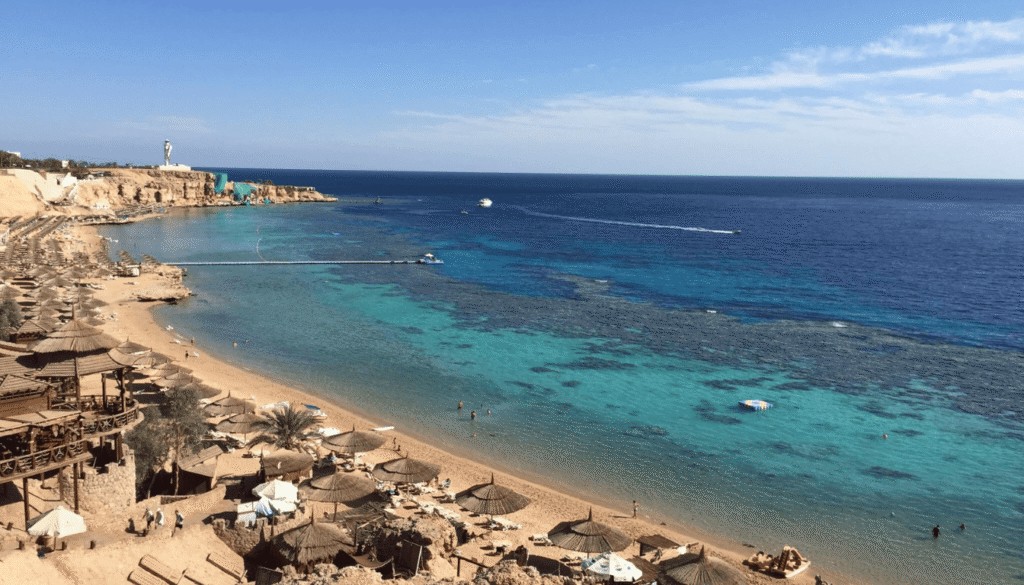
Dahab used to be this tiny Bedouin fishing village, and thankfully, it’s managed to stay chill even as it became a diving hotspot. No massive resort chains here – just laid-back vibes and the famous Blue Hole, which is basically a natural swimming pool that goes way, way down. Perfect for those “I’m totally an adventurous person” Instagram shots.
Ras Muhammad National Park is where the government said “nope, we’re keeping this pristine forever.” It protects the southern tip of Sinai, and the coral reefs here are so beautiful they’ll make you ugly cry behind your diving mask. Plus, it’s a pit stop for migratory birds, so you might catch some feathered tourists passing through.
Now, Saint Catherine – this place is special. We’re talking Egypt’s highest peaks, including Mount Catherine (2,629 meters high) and Mount Sinai, where Moses allegedly got the Ten Commandments. The Saint Catherine Monastery has been operating since the 6th century – that’s 1,500 years of uninterrupted “we’re still here!” The whole area is a protected zone covering 4,350 square kilometers of mountains, valleys, and plants you won’t find anywhere else on Earth.
They’ve even got Sinai leopards, Nubian ibex, and loads of plants that basically said “we like it here and nowhere else, thanks.” It’s like nature’s exclusive club.
Even big resort areas are getting with the program. Sharm El Sheikh (which got ranked as the 3rd best tourist city in the world in 2025 – not too shabby!) is running this “Green Sharm” project that’s turning traditional Bedouin villages into eco-tourism models. It’s pretty cool seeing how they’re keeping the authentic culture while making it sustainable.

“Enjoy with Saint Catherine Monastery of saint catherine Activities on Camp [Bedouin Camp].”
Desert Safari: Adventure Without the Guilt
Egypt desert safari eco-tourism has come a long way from those gas-guzzling, trash-leaving adventures of the past. Now we’re talking solar-powered camps, composting toilets (fancier than it sounds), and guides who actually know their stuff about Leave No Trace principles.
Bahariya Oasis is your gateway to both the Black Desert and White Desert. There’s even something called Crystal Mountain – and yeah, it’s literally made of crystals. The local Bedouin guides here aren’t just showing you around; they’re sharing stories and knowledge that’s been passed down for generations.
Dakhla Oasis is like stepping back in time, with Islamic architecture and Roman ruins, but the locals are still weaving carpets and making pottery the traditional way. Plus, those hot springs? Perfect for soaking away the desert dust.
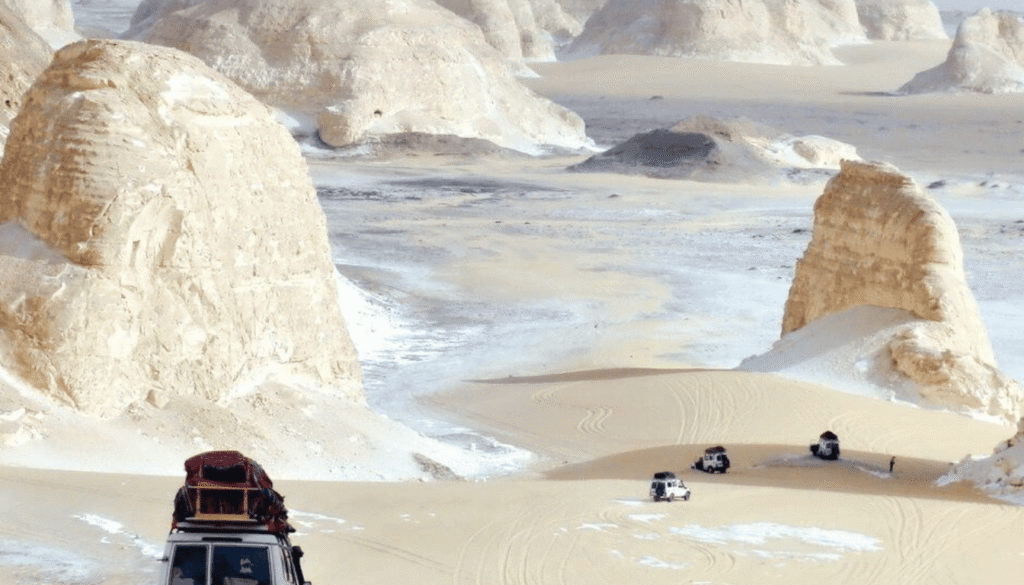
“Enjoy with Private Day Tour To White Desert And Bahariya Oasis.”
Nile Culture: Where Tradition Meets Sustainability
The Nubian villages around Aswan are absolutely gorgeous – we’re talking houses painted in every color of the rainbow, sitting right along the Nile. The Nubian people have their own language, their own architectural style, and they’re incredibly welcoming to visitors. Many families offer homestays where you can learn traditional cooking, help with organic farming, or just chat about life over mint tea.
Abydos Temple is one of those hidden gems that doesn’t get the crowds of the famous sites. It’s dedicated to Osiris and has this incredible King List showing all the pharaohs. The best part? You can actually take your time and soak it all in without someone breathing down your neck.
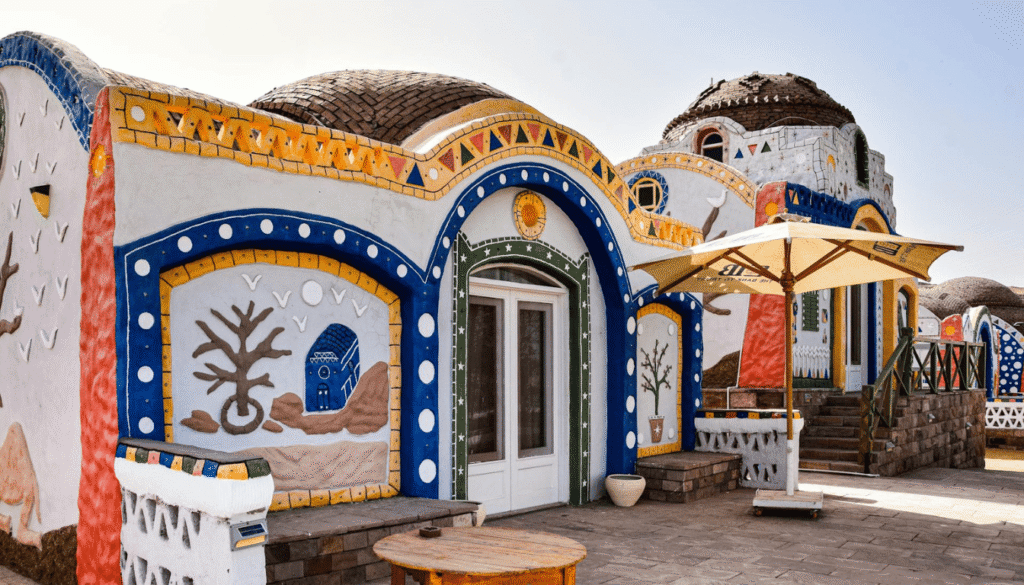
Where to Sleep Without Wrecking the Planet
Here’s the thing about eco-lodges in Egypt – they’re not just slapping a “green” label on regular hotels and calling it a day. These places use 75% less energy and resources than your typical resort, create way less waste, and actually help local communities. Plus, they’re usually way cooler than chain hotels.
Adrère Amellal in Siwa is the ultimate digital detox destination because there’s literally no electricity or Wi-Fi. Before you panic, hear me out – it’s amazing. Built entirely from local mud, salt rock, and palm wood, and all the food is organic and locally sourced. It’s like glamping for grown-ups who want to remember what silence sounds like.
Taziry Ecovillages, also in Siwa, uses solar power and these brilliant natural cooling systems built into traditional architecture. You get modern comfort without the environmental guilt – win-win!
Desert Rose Eco-Lodge in Bahariya is perfect for accessing both the Black and White Deserts. They use renewable energy, recycled materials, and traditional mud-brick construction that actually keeps things cooler than concrete would. Plus, you’re supporting local jobs and traditional building techniques.
Basata Eco-Lodge on the Sinai Coast was Egypt’s first eco-lodge, and they’re still setting the bar high. Zero waste practices, solar power, and they work closely with local Bedouin communities. It’s where the desert meets the sea, and honestly, the sunsets alone are worth the trip.
Egypt’s Natural Treasures: Protected and Proud
Underwater Wonderlands
Egypt’s marine protected areas are like underwater national parks. Nabq Protected Area has got mangroves, coral reefs, and desert all in one package. Sea turtles hang out here, and it’s a major pit stop for birds migrating between Europe and Africa.
Wadi El-Gemal National Park stretches along the Red Sea coast and protects everything from coral reefs to desert mountains. The local Ababda Bedouin people are part of the conservation effort, which is how it should be done – protecting nature while supporting the people who’ve lived there for centuries.
Mountain and Desert Magic
We already talked about Saint Catherine, but it’s worth mentioning again because it’s seriously impressive. They’re protecting species that exist nowhere else while keeping the monastery running and welcoming visitors. It’s like a masterclass in balancing conservation with cultural preservation.
White Desert National Park protects those crazy chalk formations while making sure the local Bedouin guides have sustainable jobs. They’ve got camping rules that keep the place pristine, plus educational programs that’ll make you appreciate desert ecology way more than you expected.
Wetland Wonders
Lake Burullus might not sound as exciting as coral reefs, but millions of migratory birds disagree. This coastal wetland is a major stopover on bird migration routes, and they’ve figured out how to keep the birds happy while local communities continue fishing sustainably.
How Not to Be That Tourist
Look, we’ve all seen those travelers who leave trash everywhere, ignore local customs, and basically act like the world exists for their entertainment. Don’t be that person. Here’s how to travel like you actually care:
Support the locals: Stay in locally-owned places, buy handmade crafts (Fayoum’s pottery is gorgeous), and eat at family-run restaurants. Your money goes directly to the people who live there, not some international chain.
Buy local: Choose places that source their food and supplies locally. The produce is fresher, you’re supporting regional farmers, and you’re cutting down on transportation emissions. Plus, you’ll taste authentic Egyptian flavors instead of generic hotel food.
Pack it in, pack it out: Take your trash with you, especially in remote desert areas. Better yet, join a beach cleanup if you get the chance. Leave places better than you found them.
Respect the rules: Protected areas have rules for a reason. Don’t touch the coral, don’t feed the wildlife, and don’t wander into restricted areas because you want a cool selfie.
Choose certified dive operators: Look for Green Fins certification or similar credentials. These operators know how to show you amazing marine life without damaging the reefs that house it.
Ask before snapping: This goes for taking photos of people, religious sites, or anything that feels like it might be culturally sensitive. A simple “is it okay if I take a picture?” goes a long way.
Timing is Everything
Winter (October-April) is when you want to hit the deserts and cultural sites. The weather’s perfect for exploring, and you won’t need as much air conditioning, which is better for everyone.
Spring migration seasons are incredible for birdwatching. Millions of birds pass through Egypt twice a year, and watching them is way more entertaining than you’d expect.
Summer might be hot on land, but it’s perfect for Red Sea diving. The water’s warm, visibility is amazing, and you might catch coral spawning events, which are like underwater fireworks shows.
Traveling during shoulder seasons means fewer crowds, often better prices, and more authentic interactions with locals who aren’t completely overwhelmed by tourists.
What’s Next for Egypt’s Green Scene
Egypt’s not stopping here. They’re expanding renewable energy like crazy, which supports more eco-tourism infrastructure. New destinations like Marsa Alam and Berenice in the southern Red Sea are developing sustainable tourism while keeping their pristine reefs and authentic culture intact.
They’re even working on electric vehicle charging stations and solar-powered tourist facilities. It’s like watching a whole country level up its environmental game.
Ready to Go Green in Egypt?
So here’s the deal – Egypt’s not just about ancient history anymore (though that’s still pretty awesome). It’s become this incredible destination where you can have mind-blowing adventures while actually helping preserve the places you’re visiting and supporting the people who live there.
From the mystical mountains around Saint Catherine to the underwater coral cities of the Red Sea, Egypt’s got natural wonders that’ll make your jaw drop. And with all these eco-lodges, conservation programs, and sustainable tour operators, you can explore guilt-free.
Time to book that trip: Choose an eco-certified lodge, support local communities, respect the environment, and get ready for an adventure that’ll change how you think about travel. Egypt’s natural treasures are waiting, and they’re being protected for future generations – including the one you’ll inspire to visit after you won’t stop talking about your amazing trip.
Trust me, once you’ve watched the sunrise over the White Desert or swum through a coral garden in the Red Sea, regular vacations will seem pretty boring. Egypt’s eco-tourism scene isn’t just good for the planet – it’s good for your soul too.
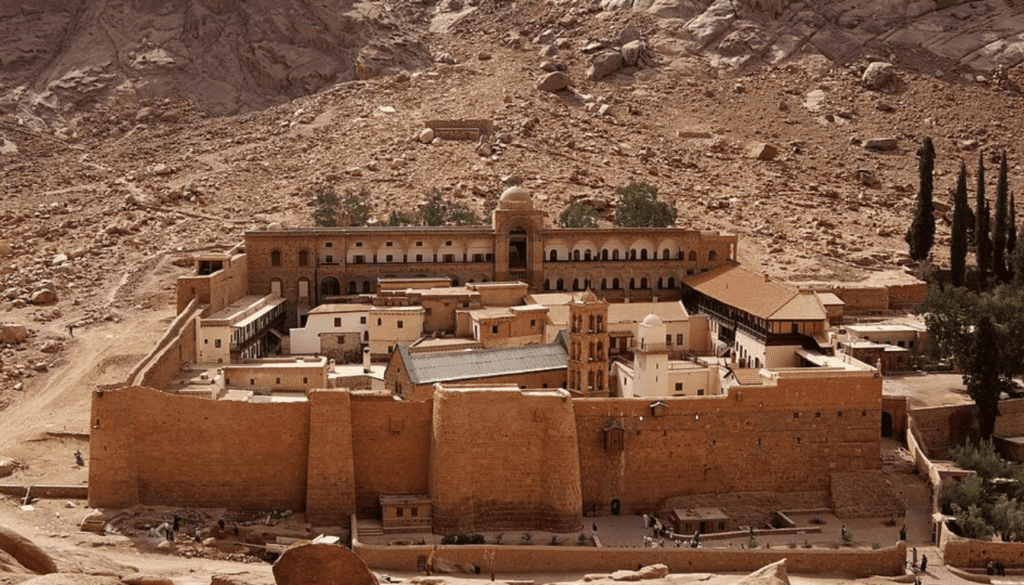
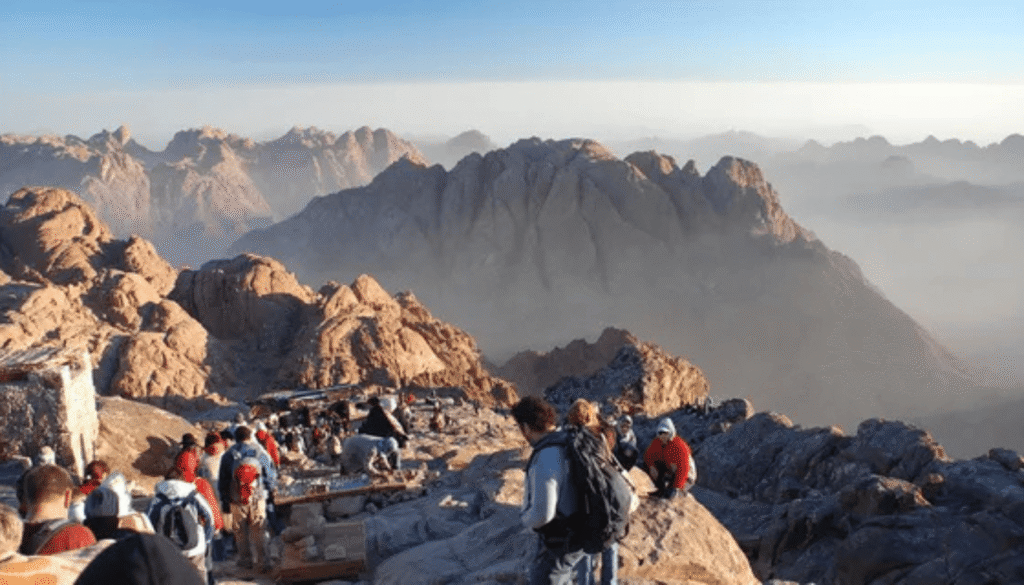
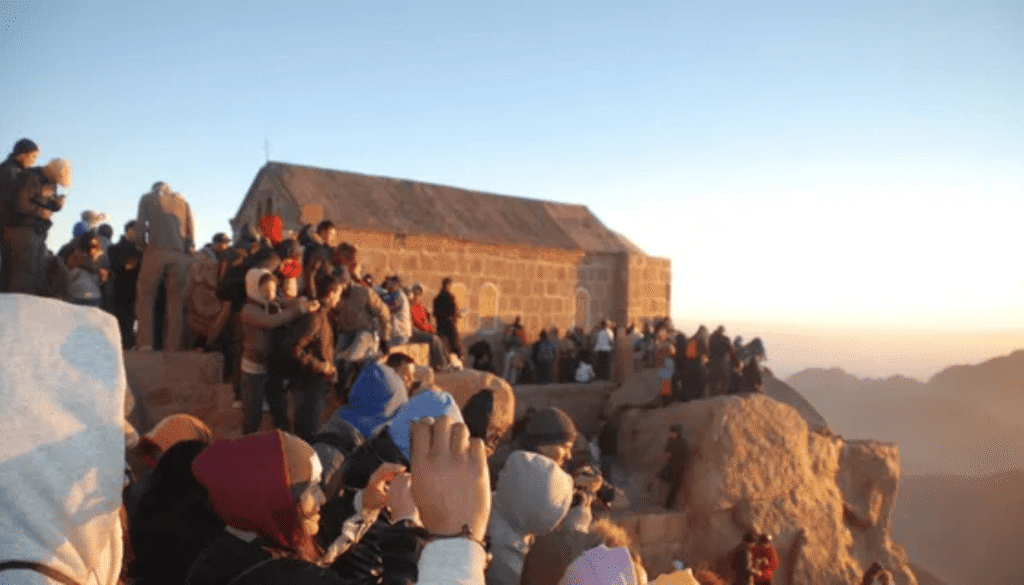

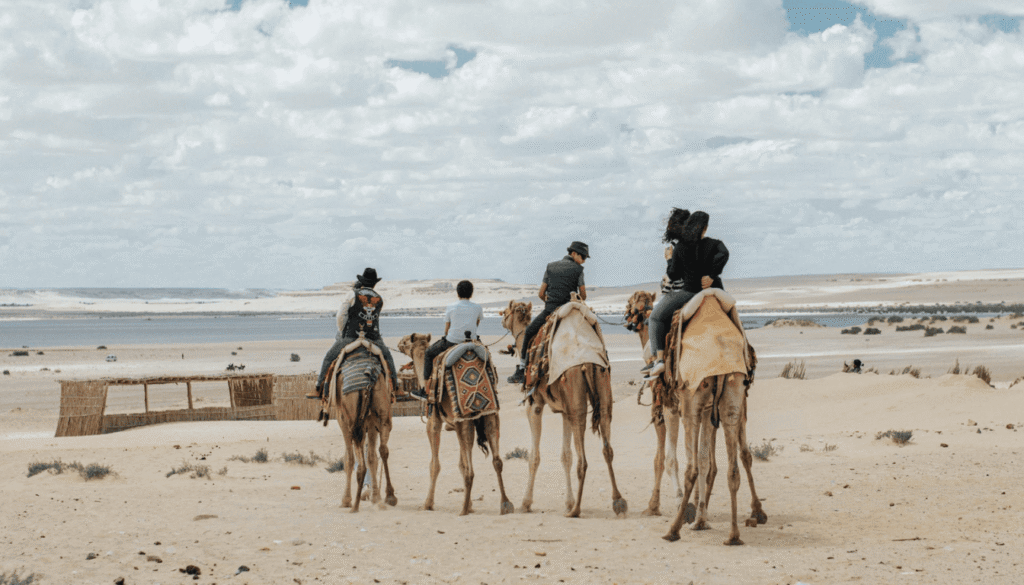
Pingback: Medical and Wellness Tourism in Egypt: Your Complete Guide to World-Class Care at Unbeatable Value 2025 - Discover Egypt Now